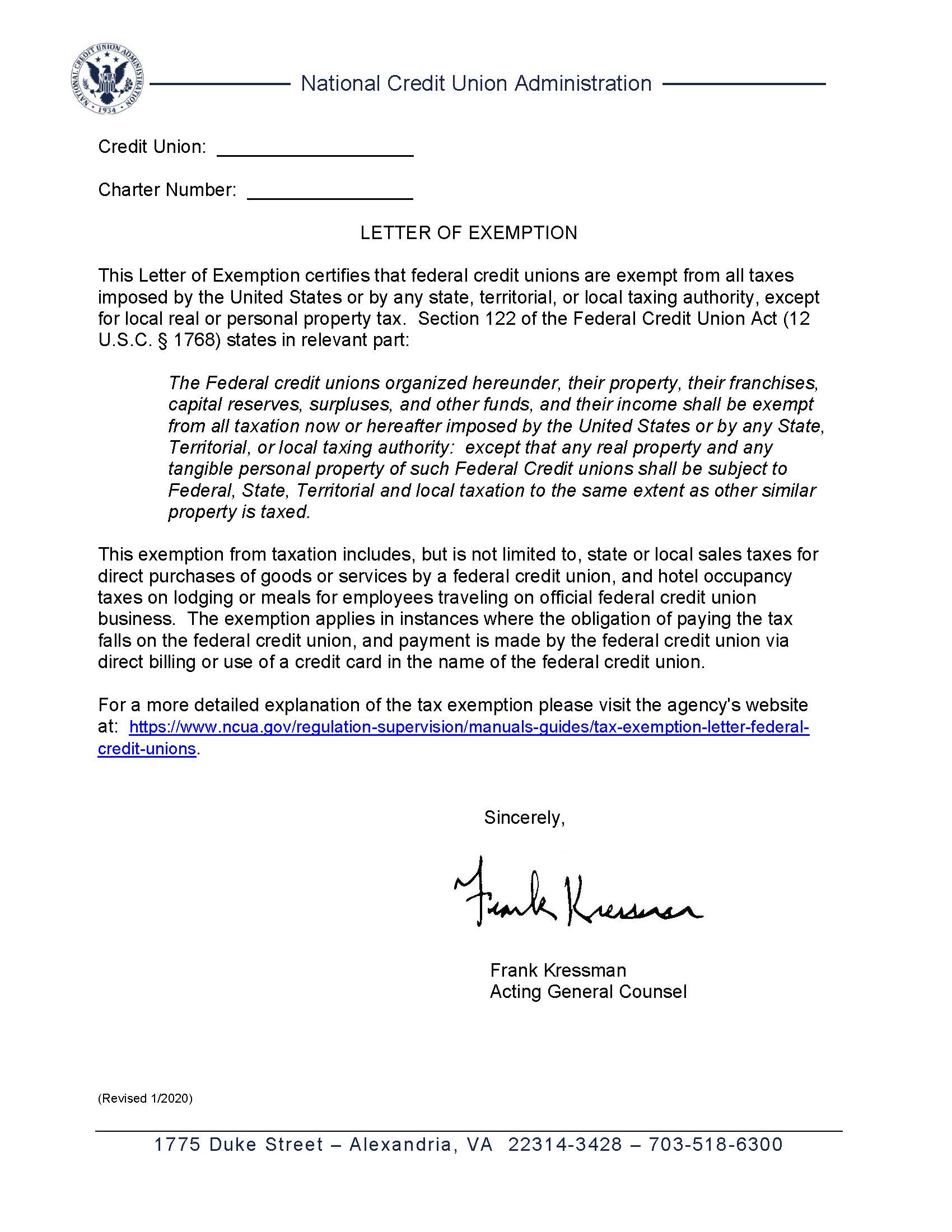While traveling yesterday I was copied on an email between two credit union members. The sender asked in part:
“ I belong to five different credit unions. I’ve clawed my way onto the supervisory committee of one of them. . . Alas, the Board of one has recently approved a deal by which it will be swallowed up by the biggest credit union in the state. . . When the deal was announced I wrote asking for whatever merger documents they could disclose.
I heard back directly from the CEO, who cheerfully explained they would be disgorging absolutely no documents. It appears to me that the board and management actually expect the membership to ratify this deal entirely on a “trust me” basis. . . literally every justification that has been publicly offered comes down to some version of “bigger is better.”
His request: “I am wondering if you would refresh my memory about what specific questions a concerned member ought to be asking about a deal like this.”
Topical and Troubling
If the situation is familiar, it is because it happens weekly. Not mergers, but member-owners cut out of the process entirely. Private deals supported by rhetorical promises and void of any objective facts.
Takeovers are an everyday event in capitalism and its anything-goes world of buyouts and mergers enabled by the financiers.
Here is how one long serving capitalist CEO described the process in his Annual Report:
Acquisition proposals remains a particularly vexing problem for board members. The legal orchestration making deals has been refined and expanded (a word aptly describing attendant costs as well). But I have yet to see a CEO who craves an acquisition bring in an informed and articulate critic to argue against it. And yes, include me in that category.
Overall, the deck is stacked in favor of the deal that’s coveted by the CEO and his/her obliging staff. It would be an interesting exercise for a company to hire two “expert” acquisition advisors one pro and one con, to deliver his or her proposed views on the a proposed deal to the board—with the winning advisor to receive, say, ten times a token sum paid to the loser.
Don’t hold your breath awaiting this reform: the current system whatever its shortcomings for shareholders, works magnificently for CEO’s and the many advisors and other professionals who feast on deals. A venerable caution will forever be true when advice from Wall Street is contemplated: Don’t ask the barber whether you need a haircut. (Source 2019 Annual Report, Berkshire Hathaway Inc. pgs 12-13)
A Game without Rules: Credit Unions Become Commodities
Mergers are being undertaken by sound, well established and stable credit unions not to better serve members. But rather to make life easier for their leaders.
Instead of cooperative communities expanding long-time member relationships, these transactions treat credit unions like a commodity. Leaders who give up their fiduciary positions to an outside third party without engaging the owners prior to the decision and who must approve this charter cancellation.
This is the situation the member’s email describes. And hundreds of thousands more members who end up becoming just consumer accounts to be bought and sold.
This is worse than the acquisition games Buffett describes in his Annual Report. Credit unions and cooperative design is supposed to protect member-owners from self-dealing leaders and board toadyism.
Mergers lack transparency, public disclosures of strategy or benefits, and certainly no post acquisition accountability. These are private deals negotiated by CEO’s putting their interests first and then announcing their intent to members.
The member vote is merely an administrative process without substance where very few members even bother to participate. All the messaging, resources and formal requirements are under the complete control of the persons benefitting from the transaction-not the members who must approve the decision.
What can members do? How can the supposed democratic one member one vote governance model be revitalized to ensure member interests are front and center in these self-dealing transactions?
That is what the member is asking. I will share your thoughts, and offer a few of my own. Where is the Kristen Christian when members now need her to save their own credit unions?
Buffett’s Merger Conclusion
“I’ve concluded that acquisitions are similar to marriage: The start, of course, with a joyful wedding–but then reality tends to diverge from the pre-nuptial expectations. Sometimes, wonderfully, the new union delivers bliss beyond either party’s hopes. In other cases, disillusionment is swift. Applying those images to corporate acquisitions, I’d have to say it is unusually the buyer who encounters unpleasant surprises. It’s easy to get dreamy-eyed during corporate courtships.”



